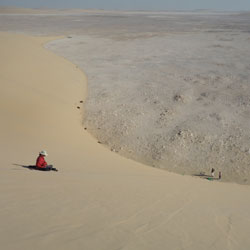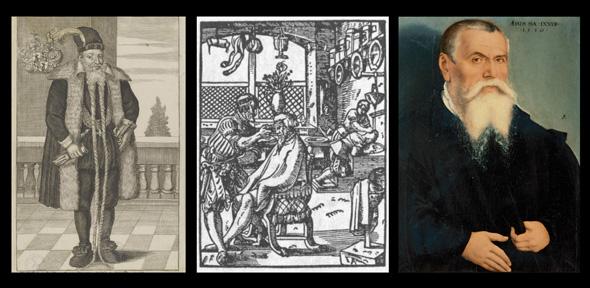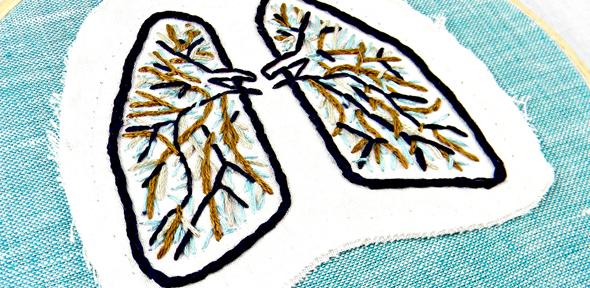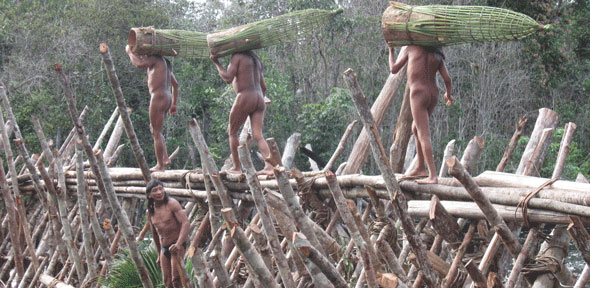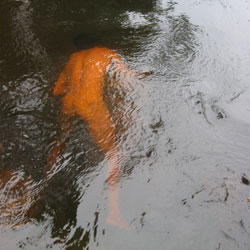Dr Emily Charnock, Faculty of History
Q: Has the 2016 U.S. election been as unprecedented as we have been led to believe?
A: In a word, yes. There have been nasty presidential elections and party splits before (1800, 1860, 1912, and more). But the invective hasn’t normally come straight from the candidates’ mouths. In the modern period, at least, we haven’t seen anything like these direct personal attacks on Clinton’s ethical standards or Trump’s basic fitness for office, not to mention any number of demographic groups.
There are other ways in which this election is unprecedented too. The first female major party candidate, for a start. And the first major candidate without any background in elected office or high military rank in nearly eighty years. The only other one was Wendell Willkie in 1940, also a businessman and former Democrat who became the Republican nominee. But that’s about as far as the parallel with Trump goes, since Willkie was a moderate and an internationalist. Some people have seen parallels with 1964, when another insurgent candidate, Barry Goldwater, won the Republican nomination and split his own party. But Goldwater was a Senator who’d spent years building up a grassroots conservative movement – he didn’t parachute in from outside.
So for its candidates, tone, and sheer unpredictability, I’d definitely put 2016 in the “unprecedented” camp.
Dr Emily Charnock is a University Lecturer in American History
***
Professor David Runciman, Head of Department of Politics and International Studies
Q: What does the 2016 U.S. election reveal about the state of American party politics?
A: The party system in the U.S. is grappling with the same issues as two-party systems everywhere, including the UK. Two parties are not enough to accommodate the big political divisions that go beyond left and right. Politics now divides us by gender, by age, by educational experience and by a whole host of other gulfs in social understanding. Yet all these divisions get squeezed into a binary choice: Democrat or Republican? Trump or Clinton? The strain is showing and the system is creaking.
In the US the strain is greater because it’s a presidential system, which means the stakes are higher. It’s also been subject to widespread gerrymandering, which entrenches partisanship at the expense of compromise. It will need a shock to the system to reform it. Trump could be that shock. But that poses the dilemma of all mature democracies. What if the shock that is capable of reforming the system is also capable of destroying it? What if the price of avoiding the prospect of destruction is to put off the chance of reform? The real danger for the American party system is not that it’s currently so volatile, but that despite its volatility it may be stuck.
Professor David Runciman is the author of The Confidence Trap: A History of Democracy in Crisis from World War I to the Present
***
Professor Gary Gerstle, Paul Mellon Professor of American History
Q: What has surprised you most about the 2016 U.S. election?
A: The most surprising element of the 2016 election is not Trump himself. For years, the right wing of the Republican Party has been nurturing figures like him who have bred contempt for the ordinary business of politics (compromise and coalitions), incited their supporters with vicious attacks on the integrity of their opponents, and challenged the boundaries of civility. What has been shocking is the inability of the Republican establishment—billionaire GOP donors, leaders of the Congressional Party, and even Murdoch’s influential Fox News—to corral the Trump rebellion as the Romney forces did to right-wing insurgents in 2012.
Equally shocking has been Trump’s successful assault on once unassailable Republican positions, most notably the GOP’s commitment to the free movement of capital, trade, and people and to NATO as a linchpin of American defense and a US led world order. As in the UK, politics in America no longer looks familiar: a great political party is tearing itself apart, elites and foreigners are scapegoated, parliamentary processes are condemned as corrupt, and strong men offer themselves as antidotes to democratic haplessness. Usually, the self-destruction of one party propels the other to power; and that might happen on Tuesday. But these are not ordinary times.
Professor Gary Gerstle is the author of Liberty and Coercion: The Paradox of American Government from the Founding to the Present
***
Professor Neil Mercer, Emeritus Professor of Education
Q: What does the rhetoric deployed during this presidential campaign tell us about modern political discourse?
A: One of the striking features of the rhetoric used in the televised presidential debates has been the frequent use of ad hominem ("against the person") attacks. For example, Mr Trump claims Mrs Clinton is "crooked". She has depicted him as a misogynist. Rather than attacking the political agenda of an opponent, the speaker instead attacks their character or behaviour, with the aim of destroying the opponent’s credibility in the eyes of the electorate.
Such attacks are characterised as "logical fallacies" in classical rhetoric, because they do not really undermine the truth or value of an opponent’s political ideas, and so should be treated sceptically by a critical, rational listener. However, as we can see from the media evaluations of the debates and polling predictions, ad hominem attacks can be very effective. People do not make voting choices purely on a logical basis, and the presidential contest is as much about personality as policy.
For many American voters, one criterion for their allegiance seems to be that a candidate is the kind of person who would win a verbal fight on their behalf – by fair means or foul.
Professor Neil Mercer is Director of Oracy@Cambridge
***
Professor Andrew Preston, Professor of American History
Q: How will the election affect US foreign policy?
A: We haven't seen such stark differences on foreign policy in a long time. Hillary Clinton stands for the continuation of liberal internationalism, a bipartisan tradition that believes in US leadership of an integrated world system. Though they may argue about the specifics of implementation, both Democrats and Republicans have upheld this system since the presidency of Franklin Roosevelt 75 years ago.
Liberal internationalism underpinned containment during the Cold War and has fuelled support for globalization over the past two decades. But Donald Trump doesn't believe in liberal internationalism, and he certainly doesn't believe in globalization. Instead, he has railed against Clinton's foreign-policy experience, but he has also attacked his fellow Republicans' worldview. He thinks the Iraq War was a mistake, that George W. Bush didn't do enough to prevent 9/11 from happening, and that international trade agreements are forged at the expense of the working class. All this makes him sound a bit like George McGovern, the left-wing Democrat who challenged Richard Nixon in 1972 on an anti-Vietnam War platform. In fact, it makes Trump sound a lot like Bernie Sanders.
But it's even more telling that Trump has borrowed the isolationist slogan "America First" from the anti-Semitic, anti-interventionist campaign of Charles Lindbergh in 1940-41. Trump's anti-war isolationism isn't akin to the pacifism of a McGovern but the nationalism of a Lindbergh. If he wins on Tuesday, it will mean a retreat of American power. While many will cheer, I have a feeling many more people around the world will fear the new world order to follow.
Professor Andrew Preston is the author of Sword of the Spirit, Shield of Faith: Religion in American War and Diplomacy
***
Dr Kasia Boddy, Faculty of English
Q: What has American fiction had to say about a possible President Trump?
A: Over the last few months, commentators have vied with each to find the novel which best ‘predicted’ or ‘foreshadowed’ the Presidential election. Popular choices include Sinclair Lewis’ It Can’t Happen Here (1935), in which "general clownishness" paves the way for The American Corporate State and Patriotic Party, and Philip Roth’s The Plot Against America (2004), in which "America First" means avoiding "dilution by foreign races". Lewis was thinking of the populist Louisiana governor Huey Long, while Roth, while writing about Charles Lindbergh, was also responding to George W. Bush’s rhetoric of "perpetual fear".
Perhaps it’s reassuring to imagine a similar novel today (and there have already been some attempts), because then we can think of Trump as nothing more than a "character", safely stowed in "alternate history".
There’s no story more satisfying than that of the bullet dodged.
There’s a problem, though: that particular bullet was fired some time ago, and is still the air. Shouldn’t novelists have seen it coming?
A few did. Trump, the flashy entrepreneur, has a bit part in several 90s novels, but it was Brett Easton Ellis' American Psycho (1992) that most precisely delineated the milieu of monied braggadocio from which he emerged. The novel’s protagonist Patrick Bateman, a banker-cum-serial-killer, is obsessed with Trump and is constantly distracted by trying to spot his limo or Ivana and by fantasies of a summons to their yacht. When a detective interrogates him about a missing colleague (his latest victim), Bateman turns the conversation to Trump’s The Art of the Deal. Mergers and acquisitions, murders and executions – it’s all about making a killing. Ellis is particularly alert to the aggressive, misogynist language of 80s Wall Street, and it will be no surprise to learn that "banter" about "hot numbers" and "hardbodies" takes place in upscale Zagat-rated restaurants rather than in locker rooms.
In one scene, however, Bateman "snaps" when a girl calls him "honey":
"‘What do you want me to call you?’ she asks, indignantly. ‘CEO?’ She stifles a giggle.
‘Oh Christ.’
‘No, really Patrick. What do you want me to call you?’
King, I’m thinking. King, Evelyn. I want you to call me King."
Perhaps on November 9 we’ll be calling Bateman’s hero The Man Who Conceded Graciously. It’s hard to imagine.
Dr Kasia Boddy is the editor of The New Penguin Book of American Short Stories
***
Professor Simon Goldhill, Professor of Greek Literature and Culture, Director of the Centre for Research in the Arts, Humanities and Social Sciences
Q: What will guide American voters' choices on November 8?
A: An old friend of mine, when he was in charge of the British Medical Association, and negotiating regularly with the government, told me a secret: "You must always let people think they are voting with their intellects; but you must get them to vote with their feelings."
I thought then he was cynical. Now I see he was prescient.
Fifteen years ago 15% of Republicans thought that all democrats were wholly unacceptable, and a similar percentage of Democrats felt the same about Republicans. Now the figure is 65%. Politics in the United States has become not just polarised, but tribal. And with tribalism, voting with the emotions is a necessary satisfaction.
What are the consequences of this? It would seem that evidence, argument, planning are irrelevant to the raw feeling of the chant, the commitment, the certainty.
For me, the most shocking statement of the campaign has been the Republican assertion that they will object to the name of any Democratic candidate for the Supreme Court. Any candidate? This is tribalism at its most blatantly aggressive. Can government function under such conditions? Can social justice be maintained as an ideal when exclusion is built into the thinking from the start?
It is not a happy time.
Professor Simon Goldhill is the author of A Very Queer Family Indeed: Sex, Religion, and the Bensons in Victorian Britain








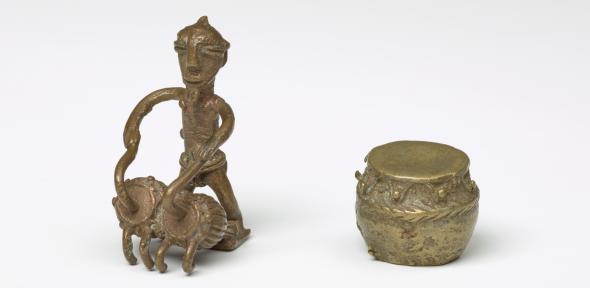
![Beard and scalp hair enclosed in a letter to Charles Darwin London, [before 25 April 1871] Shortly after the publication of Charles Darwin’s Descent of man, Frank Chance, a physician and Hebrew scholar, wrote to Darwin holding himself up as an exception to Darwin’s statement: ‘when in man the beard differs in colour from the hair of the head, as is often the case, it is, I believe, invariably of a lighter tint, being often reddish’. Chance’s beard was darker than his scalp hair and he enclosed these samples to prove it. He also included a meticulous self-description of his body hair and ideas about how he might have inherited it from the maternal and paternal sides of his family. Darwin annotated the letter with a summary and incorporated Chance’s observation into the second edition of Descent as a rare exception to the rule.](http://www.cam.ac.uk/sites/www.cam.ac.uk/files/styles/slideshow/public/beard_and_whiskers.jpg?itok=sEkwXyyF)




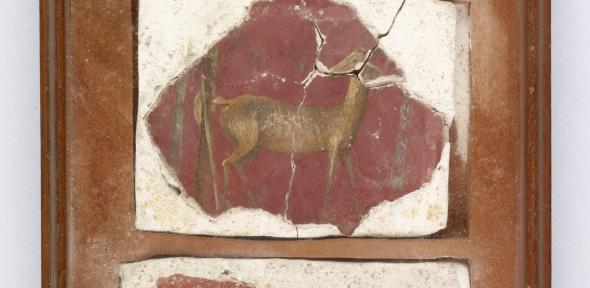





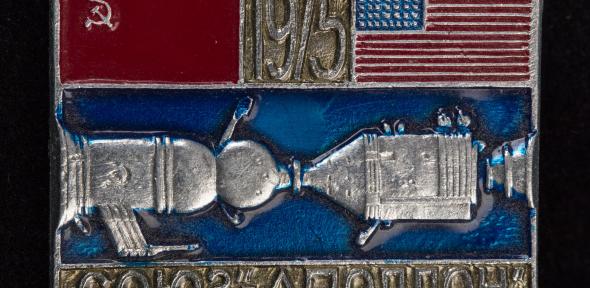
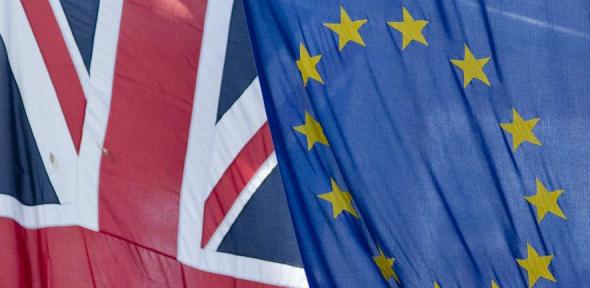

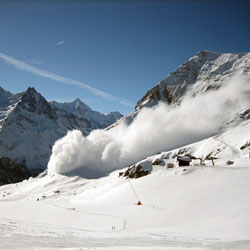 “An avalanche can behave as a solid, liquid or gas, depending on various factors, which is what makes them so difficult to model mathematically,” says Vriend. “For me, modelling their behaviour starts with observation, which I then incorporate into a model – it’s nature where I get my inspiration from. That, and curiosity – I see something and I want to try to explain it.
“An avalanche can behave as a solid, liquid or gas, depending on various factors, which is what makes them so difficult to model mathematically,” says Vriend. “For me, modelling their behaviour starts with observation, which I then incorporate into a model – it’s nature where I get my inspiration from. That, and curiosity – I see something and I want to try to explain it.